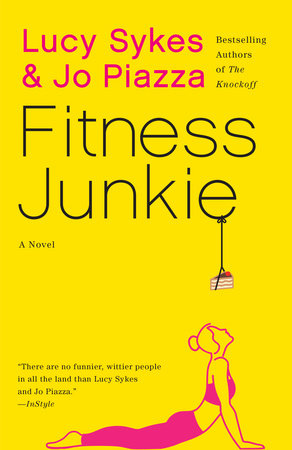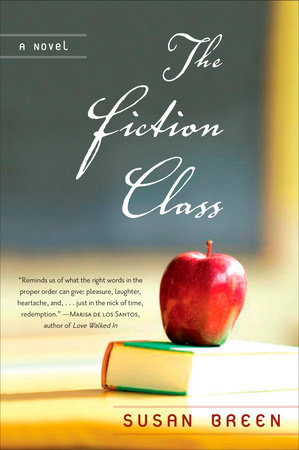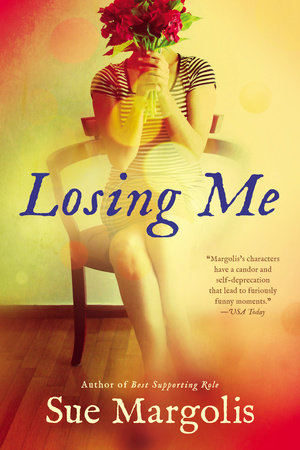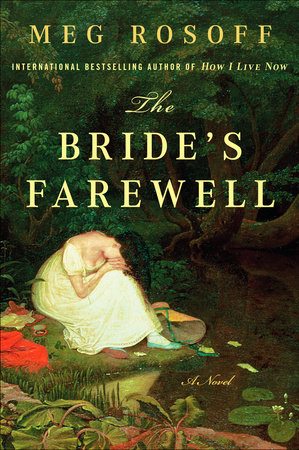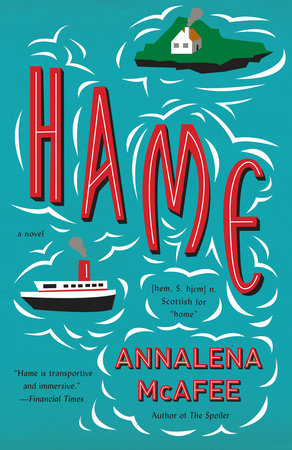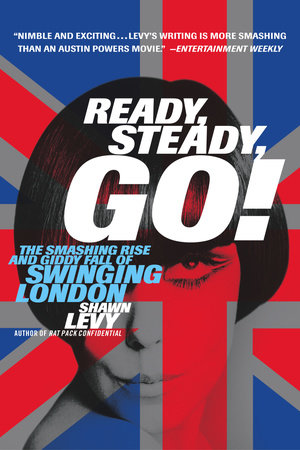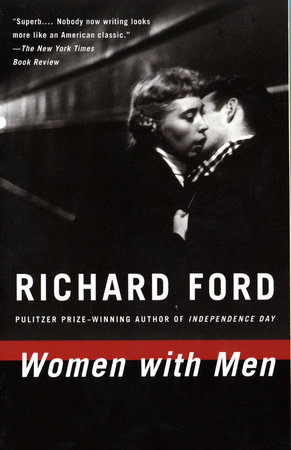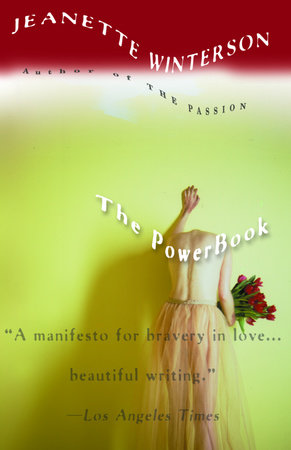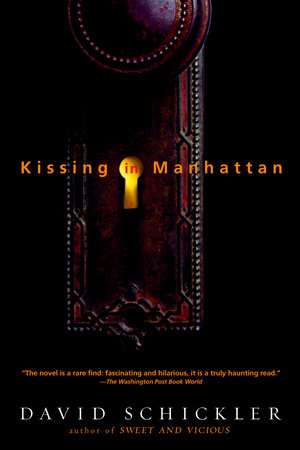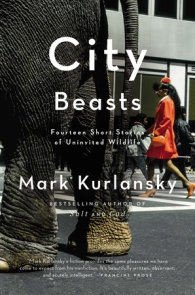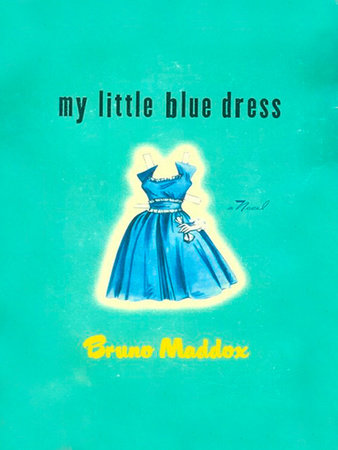Author Q&A
A Talk with Mark Kurlansky
You’ve had an illustrious career as a writer of non-fiction. Previously, your only fiction was the short story collection The White Man in the Tree (2000). Why tackle a novel?
If you are a writer novels present one of the more interesting challenges–to create a world that is at once absolutely true and purely imaginative. Fiction and non-fiction have more in common than most people suspect. But it is something different and each is a welcome respite from the other. I have been working on this novel between nonfiction projects for years.
What was the central idea behind BOOGALOO ON 2nd AVENUE?
I started out to write a book about guilt. This novel has every kind of guilt imaginable from survivor’s guilt to a child worrying about a dead mouse, marital infidelity, letting down your children, your neighbors. We are all guilty from a thousand different turns in life–guilty of huge things and little things and we carry these things around and find a way to live with them or, like Nathan, we start imagining the oxygen sucked out of our lungs. It is a book full of fears and phobias. That is what life is like.
What is Boogaloo and why did you center your first novel around this musical style?
Boogaloo was a dance craze of the 1960s. The original was black and then New York Puerto Ricans turned it into the Latin Boogaloo. It is a purely New York form sung in Nuyorrican Spanglish with lots of language jokes and a great deal of silliness. And Boogaloo has the kind of beat that you cannot help moving your body to. To me it is the sound of New York, or maybe a New York of my youth that is passing. One Boogaloo by Ricardo Ray tells of an encounter in Mexico and the one says to the other, “Lookie, Lookie Senor/ What I learned in New Yor.” What he learned was Boogaloo but Spanish-speaking New York is the only place where Senor rhymes with New York. Dominicans write it Nueba Yor.
Why set BOOGALOO ON 2nd AVENUE in the 1980s? What about that era fit the themes and ideas you are writing about?
I chose the 1980’s because it was a time when the old New York was suddenly being menaced by real estate interests and lots of new money. The old poverty based mix of old hippies, Latinos, Jews, Sicilians–it was all still there but everyday new unheard of things like sushi restaurants were popping up. This moment of transition is always interesting. I particularly chose the summer of 1988 because for Mets fans and for Democrats, which was much of that neighborhood, it was a summer that began with a lot of promise and ended with disappointment.
BOOGALOO ON 2nd AVENUE centers on a tightly-knit community that crosses ethnicity, religion, gender, race, age, and class. Is it a realistic portrayal of New York City at that time?
It is characteristic of the New York I grew up with and what for a very long time people who loved New York loved about it–the fact that an enormous variety of people were squeezed together in a very small place and despite differences and occasional tensions were forced to learn how to get along together.
(over)
Cities went through great transformations in the final decades of the twentieth century. Your vision of New York at this time is not as bleak as some other people’s. What is good and bad about the “new” Lower East Side portrayed in BOOGALOO ON 2nd AVENUE?
It is not good or bad. Cities are living, transmuting organisms. You can fight for better social justice, a better environment, many important things, but the economic transmutation of a neighborhood from one thing to another is a natural act. The old neighborhood you loved was transmuted from something else somebody before you loved and tried to hang on to. I think the novel makes this point.
Food has always played a big part in your writing. I suspect that Nathan’s affair with the pastry chef Karoline is not just about her pastries, but why have her character work in a bakery? What does food mean to this cast of characters?
Food to these characters, and to most people, is how they define themselves. Through food the three Sicilians define their Sicilianess and also the distinctions between them. The corner cuchifrito, the Italian woman with her bacalao that no one buys, these things are all saying “I am here, this is what I come from and who I am.” Of course food is also sometimes used as a status symbol as with Joey Parma, the gourmet cop. For Nusan food means survival. For Karoline the pastry maker, pastry making is a metaphor for almost everything in life. I used to be a pastry maker and recall that when you spend all your time making pastry you start seeing these things. I also made her a pastry maker because I think the combination of sex and pastry is the most indulgent thing I can imagine and to a Jewish guy with a sweet tooth like Nathan, the German pastry maker–as he says, “the ultimate traif”–the forbidden food, is irresistible.
What’s next for Mark Kurlansky?
I have written a history of the oysters of New York harbor, The Big Oyster. New York City’s waters, the incredibly extensive estuary of the Hudson River from Staten Island to the East River were once famous for oysters. Rockaways, Staten Islands, Saddle Rocks from the East River and many others were sold on every street corner and New York supplied the world, until pollution destroyed the estuary. I am also working on a collection of short stories about people’s relationship to various foods.



